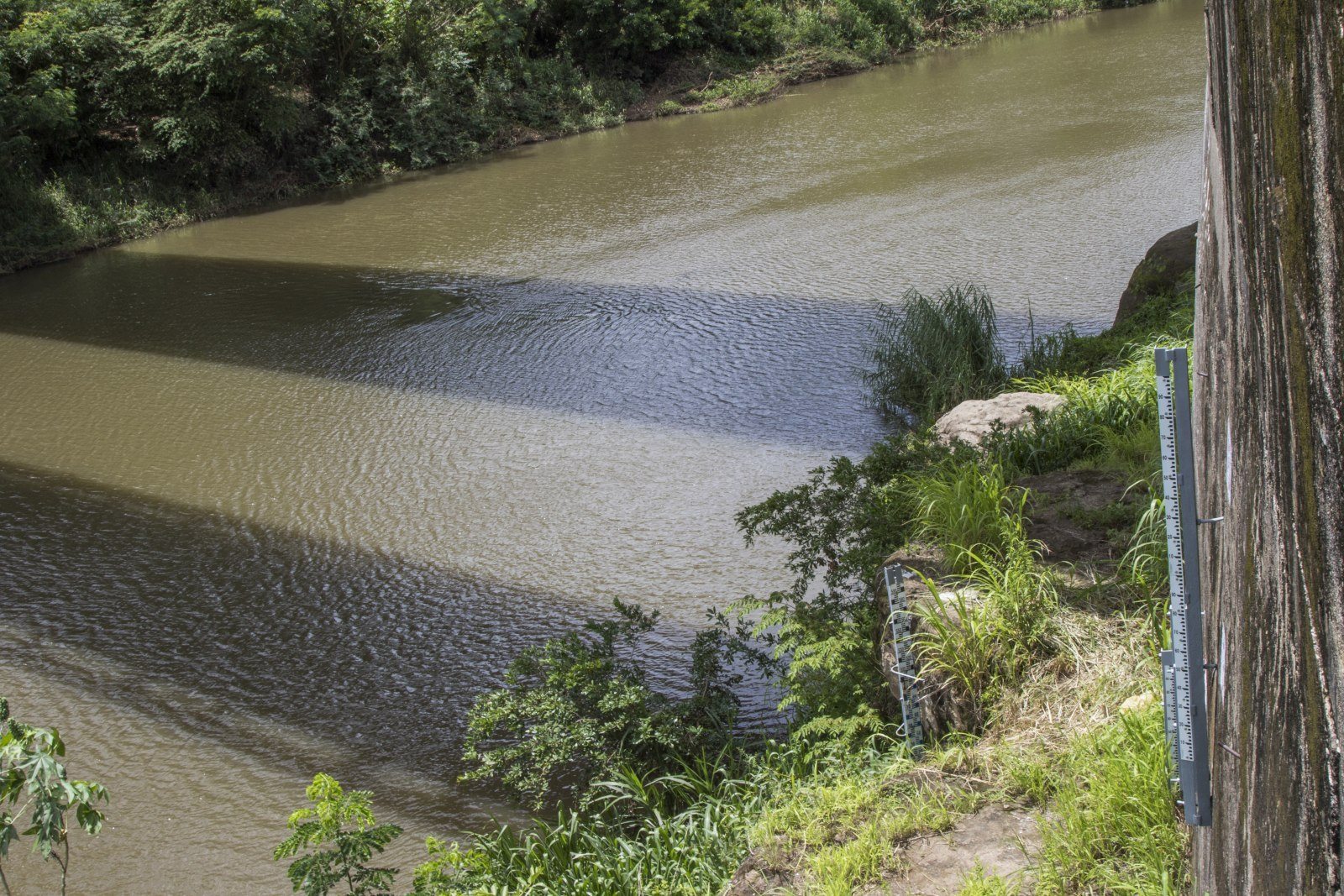
Regarding the overall situation of the ASADA water boards in the province, Yamileth Astorga, president of AyA, acknowledged that the vast majority are neglected and that 29 of them are in critical condition (red classification).
“We have identified 29 ASADAs in Guanacaste in the red, with supply problems. The ASADAs are our responsibility, and in that sense, we are directing our attention here in Guanacaste, building a policy of strengthening the community water systems with a participatory policy,” Astorga commented.
According to a study conducted by Andrea Suarez, director of HIDROCEC-UNA, that was presented in Nicoya this year in April, most of the 2318 aqueducts in the country are administered by ASADAs (81%). However, when comparing the coverage of the population, most people are served by aqueducts managed by AyA (50%), and only 29% of the population uses the ones administered by ASADAs.
Possible Salinization of Huacas-Tamarindo Aquifer
Lastly, Astorga referred to a study conducted by Senara this year in January, in which it was recommended that AyA not drill or over-exploitthe Caimital-Potrero and Huacas-Tamarindo aquifers.
With regards to the Huacas-Tamarindo aquifer, Astorga said, “We are going to abide by the recommendations of Senara because, logically, it is a function of technical criteria, because permitting an aquifer to be drilled begins a process of salinization that could very well cause the imbalance of the entire aquifer and it could occur that everyone who uses this aquifer could have salt water.”
“The alternative is the Nimboyores aquifer to look for a model of administration and participatory management in which the government and ASADAs can work together so that we all contribute to the protection of the aquifer and also to the rational use of the water,” she added.
In the case of the possible risk of contamination of the Caimital-Potrero aquifer due toinduced recharge, sheconcluded, “If we don’t have the results of agrochemical presence in the groundwater, it is perfectly possible that the agrochemicals applied on the surface do not reach the aquifer. However, studies are needed on the transmission of contaminants from residues to the groundwater, and they must be done for each case.”
|
List of ASADAs in the Red Carrillo: Altos del Roble. Nicoya: Tacani, Iguanita de Mansión, La Rivera del Río Nosara, Arenales de Nosara, Naranjal de Belén de Nosarita, Torito de Sámara, Chinampas de Sámara, Rincón de San Vicente. Nandayure: Cangelito de San Pablo, Bellavista del Porvenir, Tacani, Javillos y la Y Griega, Río Oro, San Gabriel, La Chonta, La Soledad. Abangares: Limonal, Lourdes, Arizona, Santa Lucía, San Buena Ventura. Cañas: Níspero. Santa Cruz: Santa María, Marbella, Vera Cruz, Manzanillo, San José de la Montaña. Hojancha: Santa Marta, Betania. |







Comments